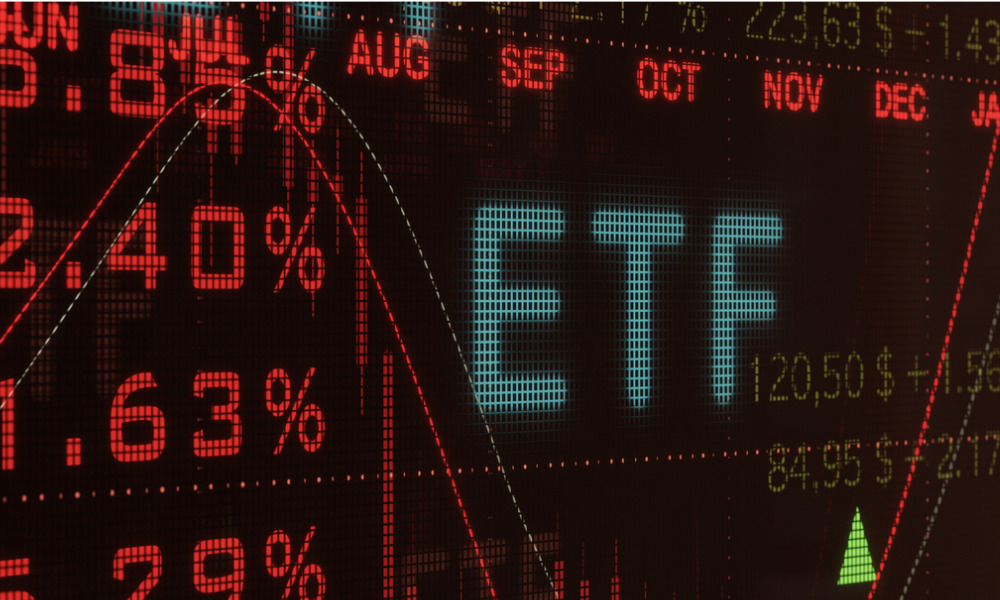Difficult market conditions pushing some investors to reach for exotic alternatives

Despite the collapse of the financial markets, investors have poured unprecedented amounts of money into high-risk leveraged funds
Since the funds are made to increase market gains, they also amplify losses if asset prices decline, which means that many investors have probably lost a lot of money as the stock markets have fallen this year. this year.
Citing statistics from Morningstar Direct, the Financial Times reported that investors have invested a net US$28.3 billion into leveraged and inverse exchange-traded funds in the first nine months of the year, which is 5.4% of all ETF purchases.
This is comfortably higher than the full-year record of US$17 billion set in 2008 and more than double the full-year total of US$13.2 billion for 2021, which represented just 1.1% of the record-breaking ETF flows last year.
Morningstar lacks a global breakdown of the asset split between leveraged long funds and inverse ones. However, according to its statistics for the US, the majority of capital has been diverted into leveraged long positions, which drew US$18.5 billion in the fiscal year ending in September, or 4.6% of all flows to US ETFs, three times the US$6.2 billion earned by inverse funds.
In certain vehicles, the resulting value degradation is obvious. According to Morningstar, Direxion's Daily Semiconductor Bull 3x Shares (SOXL) received a net US$6.3 billion in the first nine months, making it the second-most popular leveraged or inverse ETF globally this year. However, as of the end of September, its total assets were only US$3.1 billion.
The MicroSectors Solactive FANG & Innovation 3x Leveraged exchange traded note (BULZ) experienced a similar pattern, with net inflows of US$504 million while seeing a decline in market value to US$208 million.
Inverse and leveraged products can carry a high level of risk. Credit Suisse's US$1.6 billion short volatility XIV ETN was terminated in 2018 after collapsing 90% in a single day.
More recently, in March 2020, WisdomTree was forced to shutter its three-times leveraged oil products because market volatility brought on by Covid destroyed their value.
However, Nate Geraci, owner of The ETF Store, a Kansas-based financial advisor, linked this year's increase in market volatility to the steep increase in the use of leveraged and inverse funds.
“[The year] 2022 has provided the perfect environment for enticing traders to use these high-octane tools — which is why we’re seeing record flows,” he added.
According to Deborah Fuhr, chief executive of the London-based consultancy ETFGI, investors were happy to purchase traditional equity products last year when markets were rising, but this year's more difficult market conditions have caused some investors to look for alternatives.
She also linked the sharp increase in trading to the quick rise in availability of single-stock leveraged and inverse ETFs in the US.
These vehicles have been legal in Europe since 2018, but US authorities didn't sanction them until July. This makes them significantly risky because they are dependent on individual stock price fluctuations rather than bundles of assets.
The fund saw net inflows of US$610 million in the first nine months of the year. It aims to deliver a daily return, before fees and expenses, that is three times the inverse of the technology-heavy Nasdaq 100 index.
Similar exposure to the larger US stock market is represented by the ProShares UltraPro Short S&P 500 (SPXU), which has received US$537mn and returned 51% during the same time.



